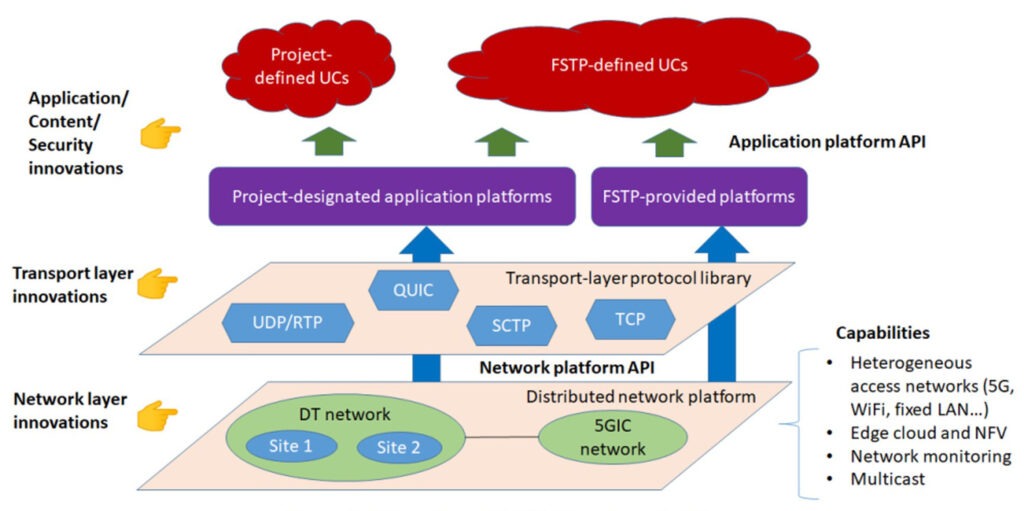Motivation
The last few years have demonstrated the value of virtual interaction when your friends, family, colleagues, or classmates are not nearby. We were able to maintain interpersonal communication thanks to telepresence tools. However, the potential of these applications extends far beyond.
Telepresence represents the next generation of communication applications that will significantly improve immersive experiences in both human-to-human and human-to-machine interactions by blurring the physical and virtual worlds. While this is already influencing how we work, it will have an even greater impact in the future, contributing to increased resilience to environmental disruptions, industry productivity, and energy efficiency.
Due to their complexity, cost, data compression, and bandwidth requirements, these solutions have not been scaled yet. SPIRIT, which is funded by the European Commission’s Horizon Europe programme, will research, develop, and demonstrate low-latency and scalable solutions that will ultimately bring real-time immersive telepresence into practice.

Objectives
Support a wide range of networking bandwidth with adequate compression transmission of information.
SPIRIT will make extensive technological improvements to the framework components, such as content encoding/decoding for volumetric data and agile resolution adaptation in response to changing network conditions.
Overcome the limitations of the current technologies handling a large number of simultaneous users.
Project partners will consider the following two features: (1) the technology support of a large number of concurrent telepresence sessions, and (2) support of a large number of participants within a single telepresence session.
Support different input and output modalities as the bandwidth capacities extend.
SPIRIT follows a scalable approach at different levels. It will consider adaptation approaches for efficient and scalable delivery of media content to be presented on different modalities.
Through open standards, support the integration of additional services.
The project will integrate and support recording and replay capabilities of collaborative telepresence sessions, based on the standardised technologies to be used, WebRTC and/or Low Latency DASH.
Ensure security and protect user privacy as well as implement innovative identity management solutions.
SPIRIT will develop security guidelines to consider such as to be still able to use the advantages of public cloud services and to protect telepresence cloud data processing.
Develop, document and promote open standards-based interfaces (such as APIs).
SPIRIT aims to define and develop a set of unified APIs that can be used by a wide range of applications, including the support of simple one-way streaming, interactive, collaborative sessions, a mixture of different types of content, and the support of virtual interactions with machines, in order to support both existing and future, emerging telepresence applications.
Provide systems to facilitate human-to-human and human-to-machine interaction.
The project will consider human-to-machine interaction, as well as authentic human-to-human communications by considering the real-captured faces of participants in telepresence sessions.
Demonstrate clear and efficient integration paths for take-up by European industries.
This industry-led project will aim to bring together complementary capabilities from industry project partners to jointly build and integrate the telepresence application ecosystem towards future commercial deployments.
